Thomas Biberger
Effect of acoustic scene complexity and visual scene representation on auditory perception in virtual audio-visual environments
Jun 30, 2021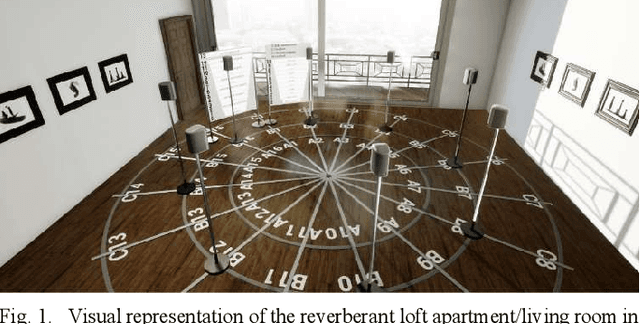
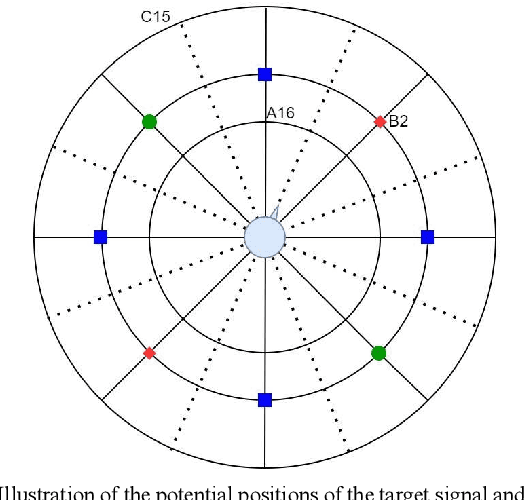
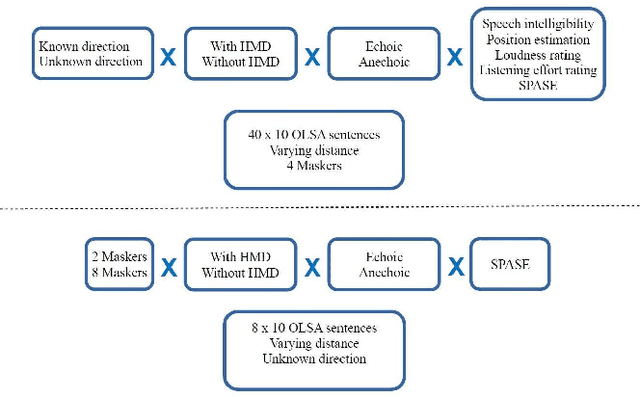
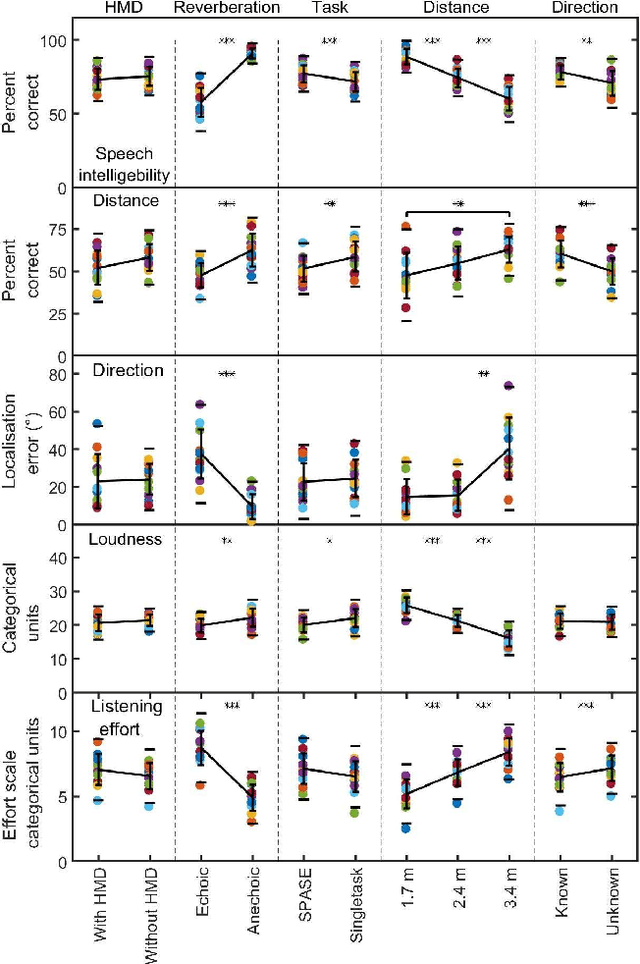
Abstract:In daily life, social interaction and acoustic communication often take place in complex acoustic environments (CAE) with a variety of interfering sounds and reverberation. For hearing research and evaluation of hearing systems simulated CAEs using virtual reality techniques have gained interest in the context of ecologically validity. In the current study, the effect of scene complexity and visual representation of the scene on psychoacoustic measures like sound source location, distance perception, loudness, speech intelligibility, and listening effort in a virtual audio-visual environment was investigated. A 3-dimensional, 86-channel loudspeaker array was used to render the sound field in combination with or without a head-mounted display (HMD) to create an immersive stereoscopic visual representation of the scene. The scene consisted of a ring of eight (virtual) loudspeakers which played a target speech stimulus and non-sense speech interferers in several spatial conditions. Either an anechoic (snowy outdoor scenery) or echoic environment (loft apartment) with a reverberation time (T60) of about 1.5 s was simulated. In addition to varying the number of interferers, scene complexity was varied by assessing the psychoacoustic measures in isolated consecutive measurements or simultaneously. Results showed no significant effect of wearing the HMD on the data. Loudness and distance perception showed significantly different results when they were measured simultaneously instead of consecutively in isolation. The advantage of the suggested setup is that it can be directly transferred to a corresponding real room, enabling a 1:1 comparison and verification of the perception experiments in the real and virtual environment.
Towards a generalized monaural and binaural auditory model for psychoacoustics and speech intelligibility
Jun 29, 2021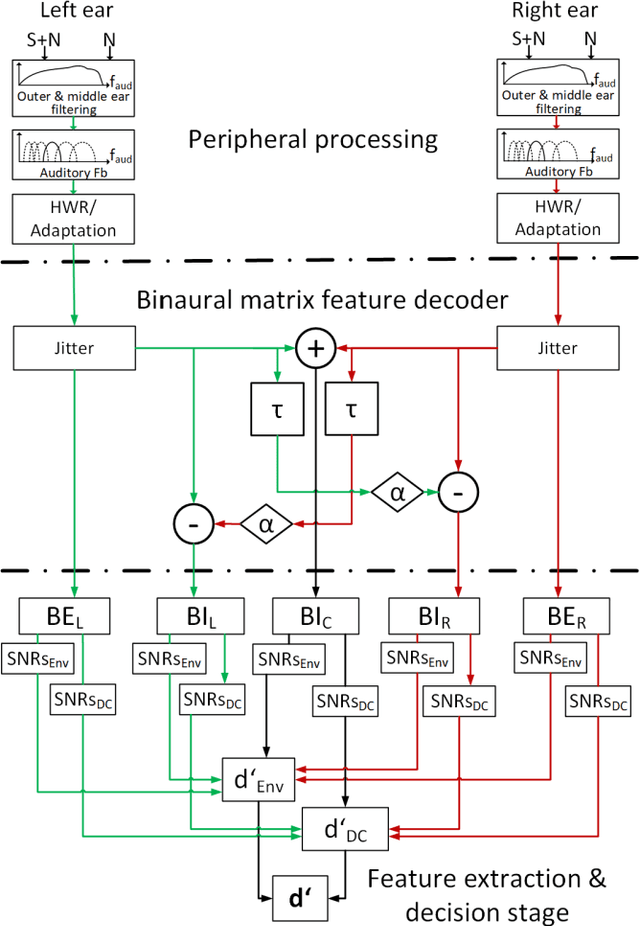

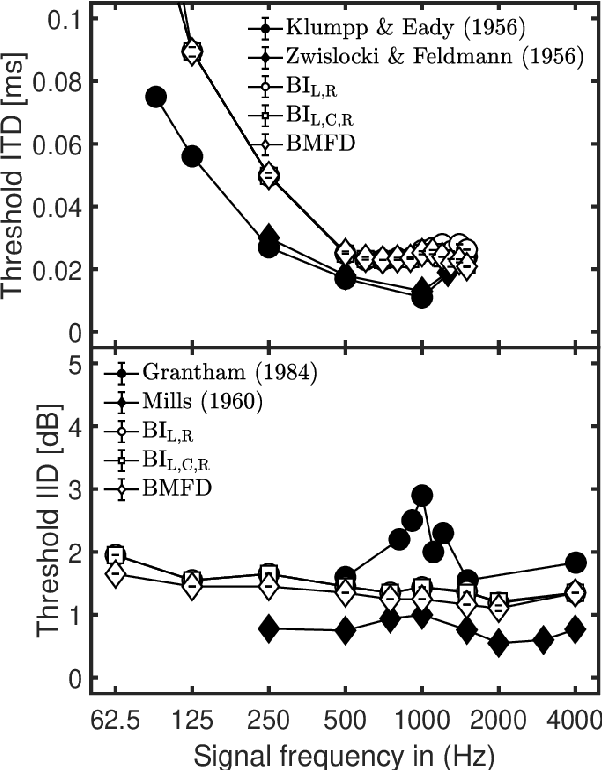
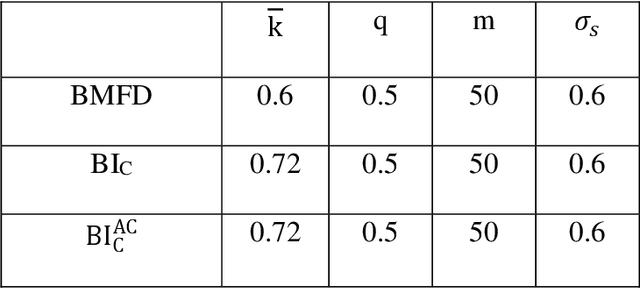
Abstract:Auditory perception involves cues in the monaural auditory pathways as well as binaural cues based on differences between the ears. So far auditory models have often focused on either monaural or binaural experiments in isolation. Although binaural models typically build upon stages of (existing) monaural models, only a few attempts have been made to extend a monaural model by a binaural stage using a unified decision stage for monaural and binaural cues. In such approaches, a typical prototype of binaural processing has been the classical equalization-cancelation mechanism, which either involves signal-adaptive delays and provides a single channel output or can be implemented with tapped delays providing a high-dimensional multichannel output. This contribution extends the (monaural) generalized envelope power spectrum model by a non-adaptive binaural stage with only a few, fixed output channels. The binaural stage resembles features of physiologically motivated hemispheric binaural processing, as simplified signal processing stages, yielding a 5-channel monaural and binaural matrix feature "decoder" (BMFD). The back end of the existing monaural model is applied to the 5-channel BMFD output and calculates short-time envelope power and power features. The model is evaluated and discussed for a baseline database of monaural and binaural psychoacoustic experiments from the literature.
 Add to Chrome
Add to Chrome Add to Firefox
Add to Firefox Add to Edge
Add to Edge